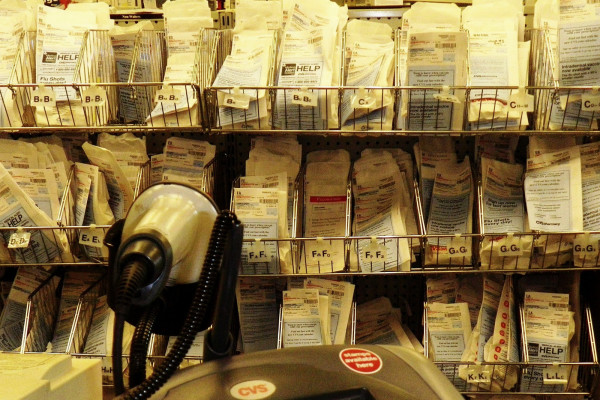Getting sick is inevitable and visiting the doctor is a common thing to do when faced with a sore throat, runny nose, pain, etc. Very often, medication is prescribed to patients to lessen the symptoms. Many people follow their doctor’s orders and consume their medication as prescribed. However, abuse of prescribed drugs is not unheard of, and it continues to be a major problem in the United States. Prescription drug abuse is when medication is taken in ways and dosages that are not prescribed explicitly by a professional or by someone other than the patient to whom it was prescribed. The prescription drugs that are most abused include antidepressants, painkillers, sedatives, steroids, and anxiety medications.
Internationally, there are 2500 people ages 12-17 each day that abuse a prescribed painkiller for the first time. The abuse of prescription drugs has increased so much recently that the CDC has named prescription drug overdose an epidemic. It is the fastest growing drug problem in the United States, and it is currently the second most abused category of drugs. Sadly, drug overdoses are the leading cause of accidental deaths in the nation, and half of these accidental deaths are somehow related to prescription painkillers. Large populations of people who abuse prescription drugs begin the abuse by holding the false mentality that because their doctor prescribed them the medication, it must be safe for them or others to use in whatever way. This is obviously not the case especially since many prescriptions, such as Xanax or Valium, can be highly addictive when used the wrong way. There is also the anomaly that the amount of painkillers sold and prescribed has multiplied by four since the turn of the century, even though the amount of pain that the population reported has remained consistent throughout. People who abuse painkillers are also 40 times more likely to start using heroin, and many professionals even attribute the increased popularity of heroin use to the abuse of prescribed drugs.
Image Source: SteveColeImages
The Office of National Drug Control Policy has come up with a plan to combat prescription drug abuse. The four steps included in the plan are education, monitoring, proper medication disposal, and enforcement. Prescription drug abuse is not a topic that is often expanded on, and education is important in helping the youth and older population to understand that the abuse of any drug, whether prescribed or not, can be extremely life-threatening. Implementing prescription drug monitoring programs will help to ensure that patients aren’t seeking treatment and the same medications from multiple doctors. Setting up medication disposals allows people to dispose of their unused medications safely and can decrease the risk of other people consuming medication that is not prescribed to them. Lastly, enforcement tools can help to prevent doctors from prescribing improperly and to stop citizens from prescription drug abuse.
Feature Image Source: Rusty Clark ~ 100K Photos










